In the cold and rainy wee hours of the morning, 13 year old Annie and I boarded my 1995 Powerstroke pickup and lurched forward with the long trailer load of the best of Alderspring from the loading ramp in the barn. It was still quite dark as I piloted the truck, lumbering out of Alderspring’s double gates. We had 15 long yearlings (“long” is the cowboy word for 1 ½ year olds) in tow aboard the 28 foot trailer behind us, and we were bound for Montana to our processor.
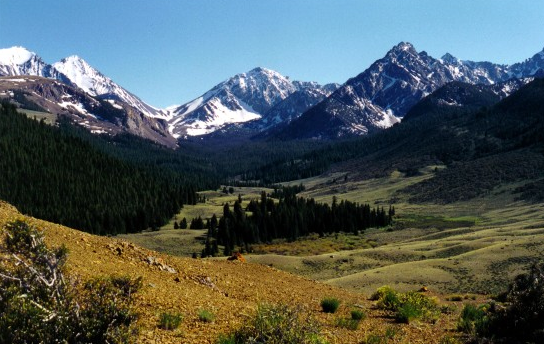
We carefully descended the Pahsimeroi Valley in the dark with our extra bright daylighters on, both of us with eyes peeled for deer and elk, which have caused us multiple crippling wrecks in the past. Elk can be as large as a horse, and there have been times where I and my passenger have been peppered and bleeding with fragments of shattered windshield glass mixed with elk hair, watching-through my now glass-less front windshield- the elk jump up and bound away without even a limp and just some scrapes. I have also had collisions where the animal didn’t fare as well, and these make me feel a little sick inside and make my kids and wife pretty upset.
It’s those animals we share the road with that limit our top speed at night to around 45 miles an hour. Only the foolish and ignorant attempt faster speeds under load; we see their headlights quickly fill our mirrors, and let them pass in their delusion. Besides, we have in our charge our handpicked yield, direct off of the green pastures of fall in the trailer behind us. We haul them carefully to minimize any discomfort they have on the journey to Montana. The cattle have all been in trailers, so they load readily and haul in relative peace, but they do get agitated if we handle the roads roughly. The thick rubber that carpets the floor of the trailer enables the beeves to stand firm and comfortably through the curves, but abrupt swerves and stops can cause a fall or injury.
It was the first part of the Salmon River canyon that most often spells trouble for us on US highway 93. Annie and Maddie once counted exactly 150 curves along its 33 miles, and the elk spill into the deep canyon along the Salmon River to get away from packs of wolves in the high country. Just 2 days ago, I had to stop to let a herd of 120 or so of the large ungulates skip across the highway in the wee light of morning. This morning, as the pre-dawn light pushed the darkness out of the canyon, I only spotted 2 or so elk and 20 or 30 deer. It was an uneventful passage.
After an hour along the river, we turned and headed up the North Fork of the Salmon River to Lost Trail Pass on the Idaho and Montana line. The dawn light and windows of sunlight illuminated a Continental Divide frosted with new snow. The road was nearly snow free, but very wet. I wondered what the beeves behind me thought of the cool mist emanating from our wheels as we passed the 7500 foot line on the Great Divide into Montana. It was nearly all downhill now to the processor. The great subalpine expanse of the Big Hole valley opened up before us, and we left the snow behind.
We had Mindy, the black kelpie with us, and as she stood up and sniffed our ears, we knew by body language that she had to go out. I pulled off in a big dirt parking area along the Big Hole River, and turned her loose. As I checked on the critters in their passenger berths, I heard human conversation coming from the direction of the river. Mindy and I walked down to the water’s edge.
There were three fishermen in a driftboat about 65 feet away from us. A driftboat is a shallow draft rowboat that is shaped like a banana. It is made for rough river travel and its rigid construction of fiberglass, wood or aluminum can negotiate even the largest of big water rapids. Its curved hull will rise up to float above waves instead of bashing through them. I’ve seen many of them with onboard heaters to give some comfort to freezing fishermen who brave the cold and frigid weather to take advantage of heightened late fall fish runs and lower tourist traffic for their competitive edge in landing the largest trout—a catch that more often than not is gently released after bragging rights and the proving photo ops are completed.
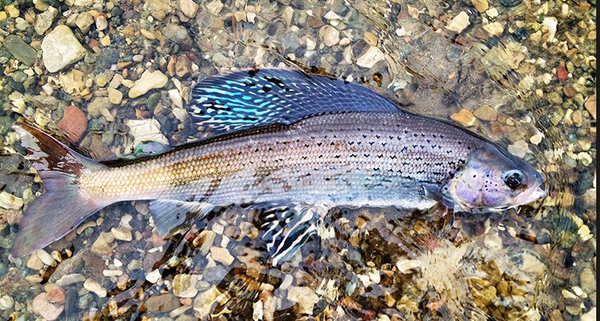
Mindy stooped down to drink from the windowpane clear waters. As she lapped, I watched the rain-gear clad fishermen carefully wield their fly rods in artfully executed arcs above the mist that graced the quiet boil of the Big Hole. After a long cast across the river, the bowman’s fly drifted downward and finally contacted the oily looking swirl of water’s surface, and for a moment, trailed in a whimsical pattern on the surface. In another second, an open mouth broke the surface in something like a millisecond, and was gone, the fly facsimile with it. It was too late. The fish had taken the convincingly presented bait, and was now captured.
It was only a minute, and bowman had the fish landed with the help of his fishing guide who’d dropped oars and produced his trusty net. The guide dexterously lifted the 12″ wiggling spirit from net, and carefully showed the prize to his dudes. From 65 feet, I could see the wide eyes of both of them as they regarded the trout-like fish. The guide began to speak, but was talking away from me, and I could hear talk but no words.
I couldn’t stand it. I had to know. “Is it a grayling?”
All three turned to me, registering surprise. The rain had started again as they regarded me, making rings on the smooth riffles the defined the river. I could hear it hit on the cottonwood leaves along the bank. The guide spoke quietly, in a voice that echoed across the still swirl of water. “Yep…it sure is.” He carefully set the silver apparition back into the water. I think I even detected a bit of reverence as the trio watched the lovely fish descend back into the clear and dark depths of the Big Hole.
Mindy and I strode up to the bank, and loaded up to a waiting Annie. I turned the key and fired up the pickup. As we slowly pulled away, I pointed back to the river with my eyes as I spoke to Annie. “Didya see those guys fishing the river down there?”
“No. I didn’t. There were people down there?” The rain pelted the windshield as the wipers beat back and forth. “In this weather?”
“Yep. They caught a grayling.”
“A what?”
“An Arctic grayling. It’s a kind of trout. They’re a beautiful fish that have this awesome sailfish-like dorsal fin on their backs. Fact is, they only naturally occur here in the Big Hole out of the entire lower 48 states. They’re an arctic fish.”
“Then why here?”
Perfect teachable opportunity to place more natural history and wonder into the open mind of my young daughter. “It took a while for fish bios to figure that out. They had to get together with some glaciologists to develop the current theory.” The curves along the Big Hole Canyon were unrelenting like those of the Salmon River, and needed a great deal of attention, especially in the rain. Once again, it was 45 mph, maximum speed, as I told Annie the story of the grayling.
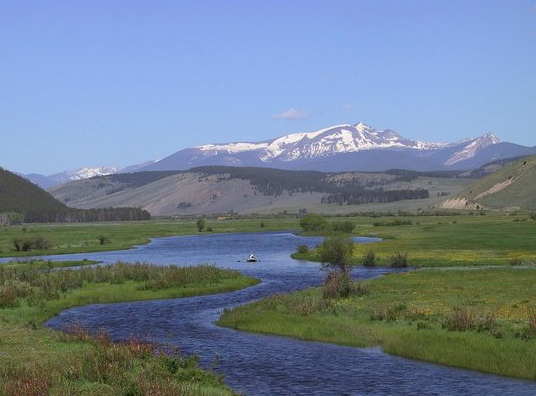
The theory went something like this: during the last ice age several thousand years ago there was an ice free passage between the ice covering the Rockies and the big Laurentide ice sheet that covered the northern Great Plains. The Missouri was dammed by the unbroken ice, several thousand feet thick, and the water instead was forced to flow north along the Rockies to the Arctic Ocean instead of the Mississippi. Grayling from those mixed Arctic and Upper Missouri waters migrated up the Missouri River and its tributaries, and colonized. Finally, the ice melted, but the grayling remained, now cut off from the arctic. They survive in Montana’s high Big Hole Valley, and nowhere else in the lower 48.
As our big wheels rolled on down the Big Hole canyon, I considered the wild country before us. It was a place where a fish like the grayling found a home that was very similar to the cold and pristine waters of the remote barren grounds of the high Arctic.
The Big Hole also shares many attributes with our own high Pahsimeroi. In fact, they are only 2 mountain ranges and about 50 miles apart. Wild North Pacific salmon still spawn on the intact and pure habitats of the Pahsimeroi River where it flows through Alderspring’s river bottoms after a migration of over 900 miles. These salmon, like the grayling, are survivors: wild country remnants in a North America that has been farmed, mined, logged, paved, subdivided and crowded out many native species.
****************************
I was down along the Pahsimeroi a few mornings ago. The willows were ablaze with fall color along the sinuous meanders through the ranch. I could hear elk bugling their ethereal call of the wild just upstream in the braided stream bottoms. The great Chinook salmon are in the river as I write this, having returned to their spawning grounds in the exact identical reach of river where they first emerged from eggs in the gravelly riffles 22 months ago, and began their long journey down the 900 miles to the expanse of the North Pacific. All of Alderspring’s portion of the river is fenced, so our cattle never impact their sensitive habitat. It’s only the wild herds of elk and deer and the occasional moose that graze down here. We have quite enough grass for the cows; we believe that those wild things we share our place with need their fair share of open space too.
Those wild and sensitive species like grayling and Chinook salmon are a canary in the coal mine to me. If they are living and thriving, than the entire ecosystem around them is also thriving. And if that ecosystem is intact, then our beeves can thrive through their ability to select from a full, intact and healthy diversity of plants to adequately maintain and govern their own wellness.
And that, my friends, is why Alderspring has what some call an unfair advantage. Systems that are intact and functionally-wild support all manner of native animal diversity, including our beeves, and result in a wild wellness for the land, the animals, and people. For it follows that when our beeves partake in that nutrient density, in many ways you do as well.
Thanks for coming to our table and sharing in this wild feast. Few people in today’s world have such opportunity, and it is our vision to increase the opportunity for people to eat food from semiwild and wild systems managed in a way that brings health to all the parts. Thank you for being a part of our vision. We are grateful for you.
Happy Trails.
Glenn, Caryl and Girls at Alderspring
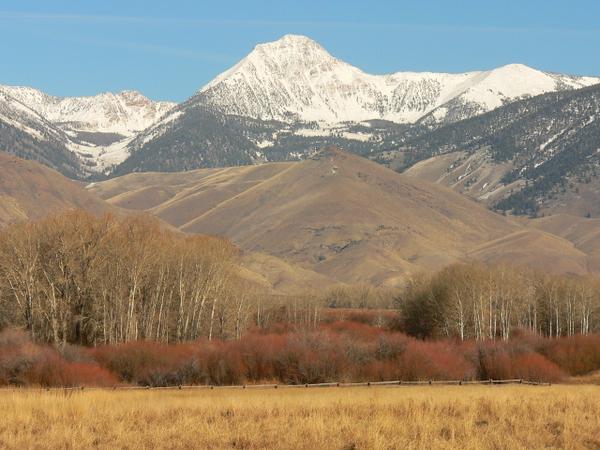


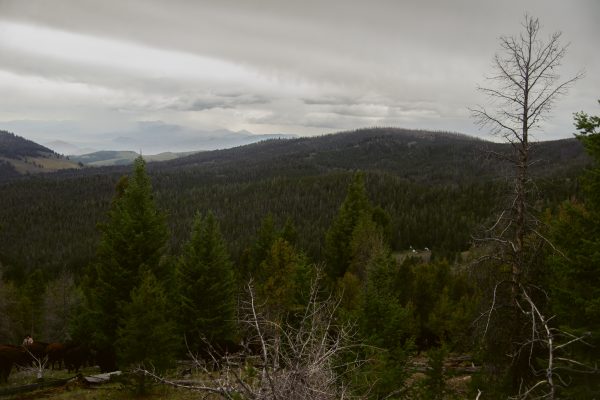
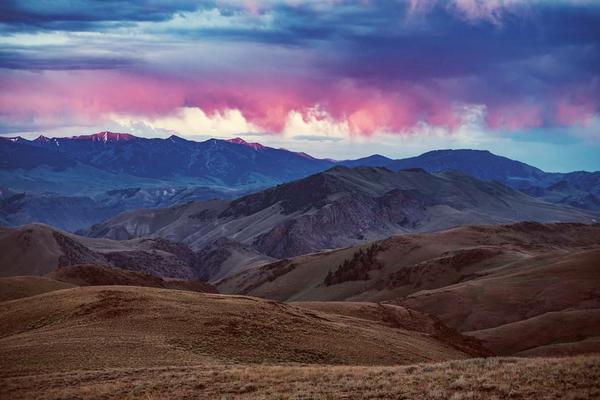

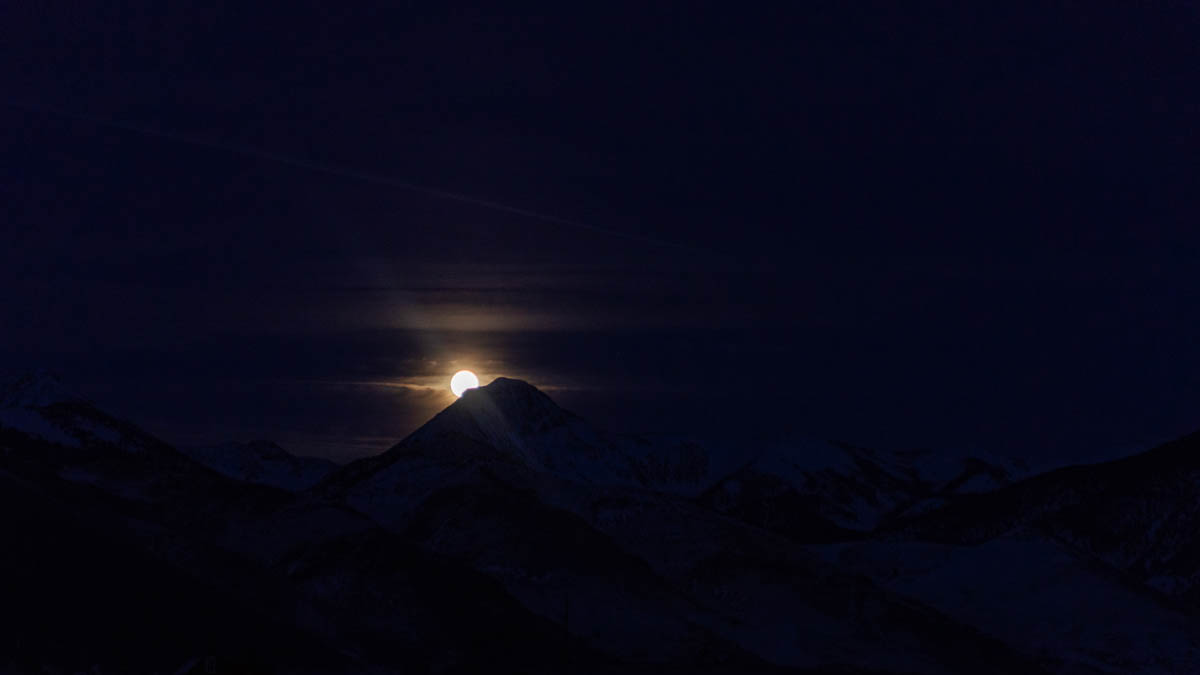

Leave a Reply